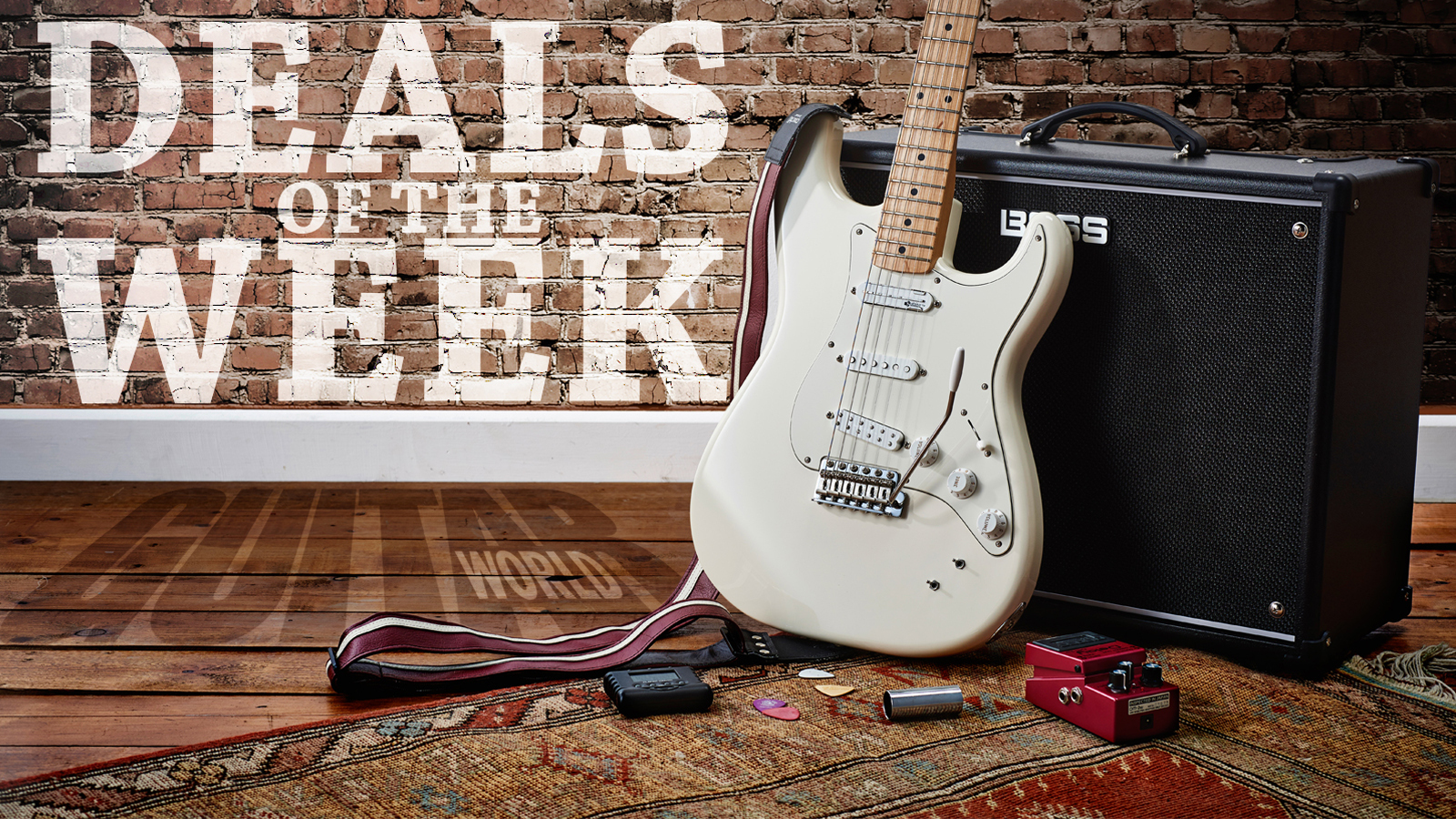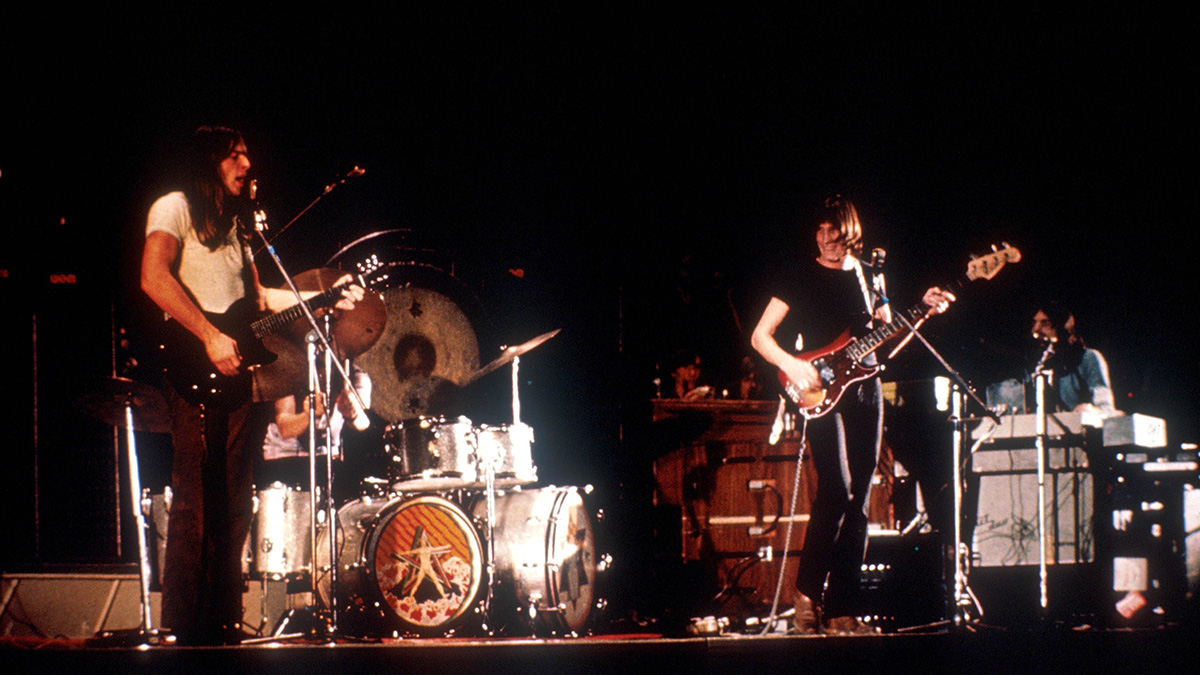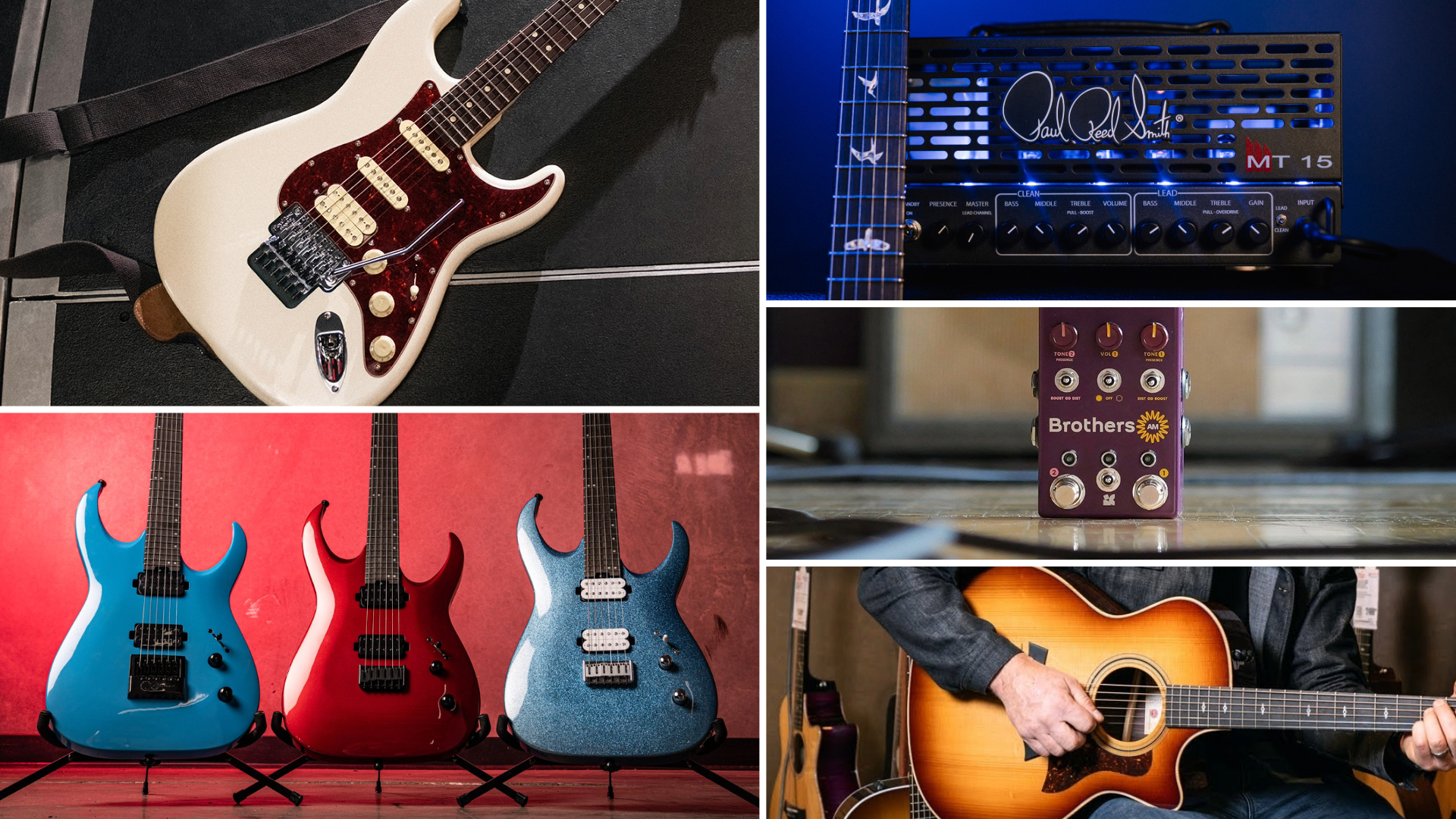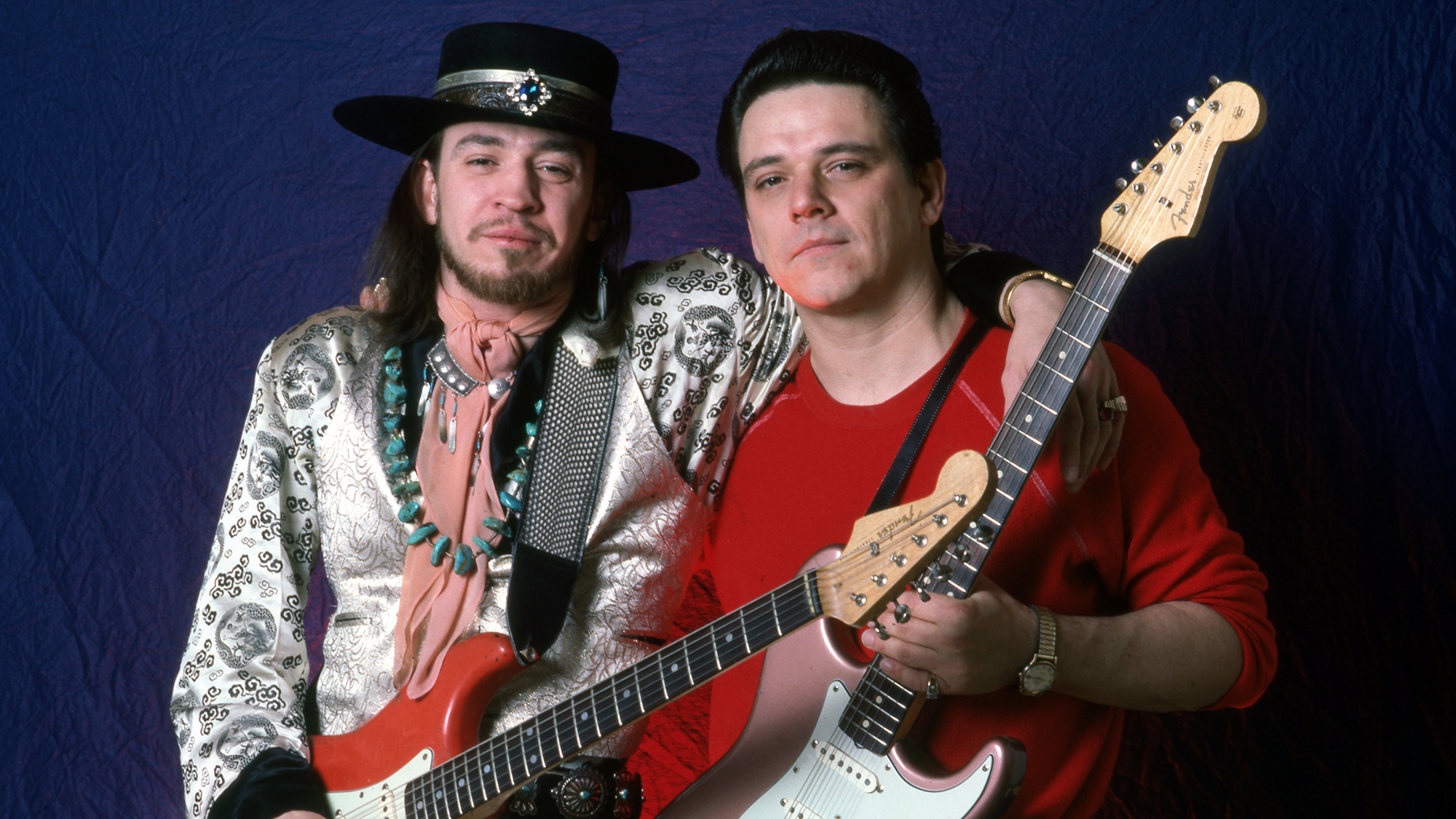“There’s so much equity in the Squier brand name – there are people that proudly play Squier over Fender”: Fender outlines the future of Squier after the launch of its new Standard Series – which is built in the same factory
The Standard Series further closed the gap between Fender and Squier – but would Fender ever put its name on the entire production line, from entry level to Custom Shop?
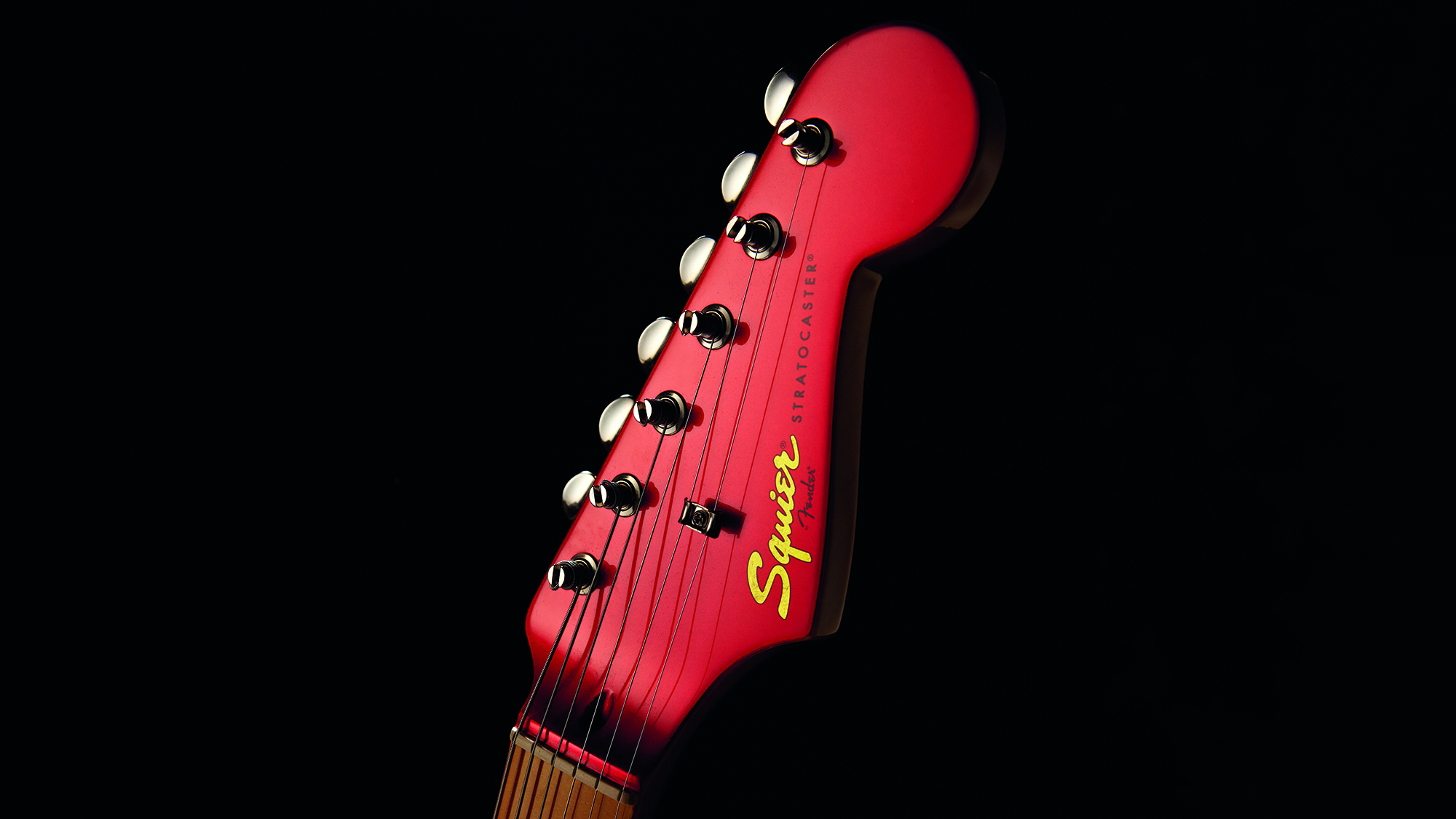
One of Fender’s biggest launches in recent memory has been the Standard Series – an all-new range of Indonesian-made, Fender-branded electric guitars and bass guitars that sit between the Squier Classic Vibe and Fender Player II families.
It further closed the gap between the Fender and Squier brands, and made genuine Big F instruments more accessible than ever, ushering in price tags that start from $599.
At the time of the announcement, there was much discussion over the Standard’s merit over the top-of-the-line Squier Classic Vibes – which are made in the same Indonesian factory – with some online commenters dismissing them as ‘re-badged Squiers’.
With Fender looking to bring its own instruments to more players than ever before, and trying to develop unprecedented price points in its own range, it begs the question over what the future holds for Squier.
Indeed, could we ever see a time when Fender takes over the responsibility from Squier, and puts its own name on the entire production line from affordable beginner guitars to Custom Shop instruments?
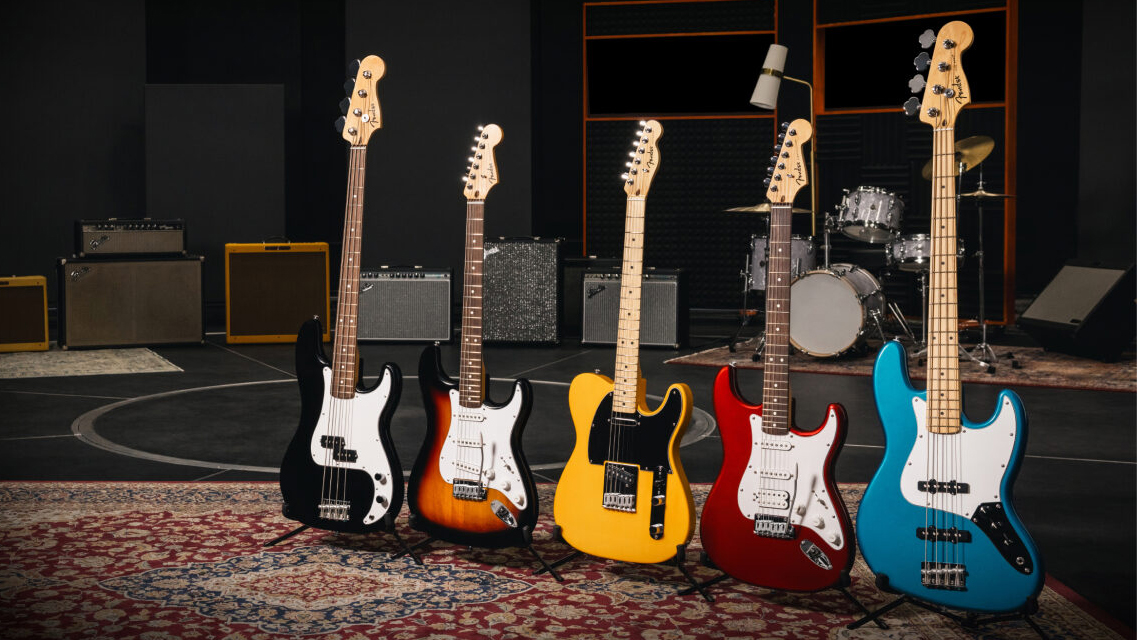
“I think everything is a discussion,” Justin Norvell, Fender's EVP of Product, tells MusicRadar when asked that very question. “We’re open enough as a company and we listen enough to think about it.
“But there’s so much equity in the Squier brand name. There are people that love Squier. There are people that proudly play Squier over Fender. Squier, on its own, is one of the biggest electric guitar brands, so it would be crazy to get rid of that.”
Get The Pick Newsletter
All the latest guitar news, interviews, lessons, reviews, deals and more, direct to your inbox!
It makes sense: the retiring of the Squier name would be a mistake. Even if Fender does seek new ways to push down its price points, there’s no way they could match Squier. In its own catalog, for example, Squier has its $199 Sonic range.
Plus, as Norvell states, some players are proud and loyal Squier advocates, and prefer playing those instruments over what are perceived to be 'better' Fenders.
Not only that, according to Norvell there’s an inherent difference between Squier Classic Vibe and Fender Standard Series, regardless of the fact they are all made in the same workshop.
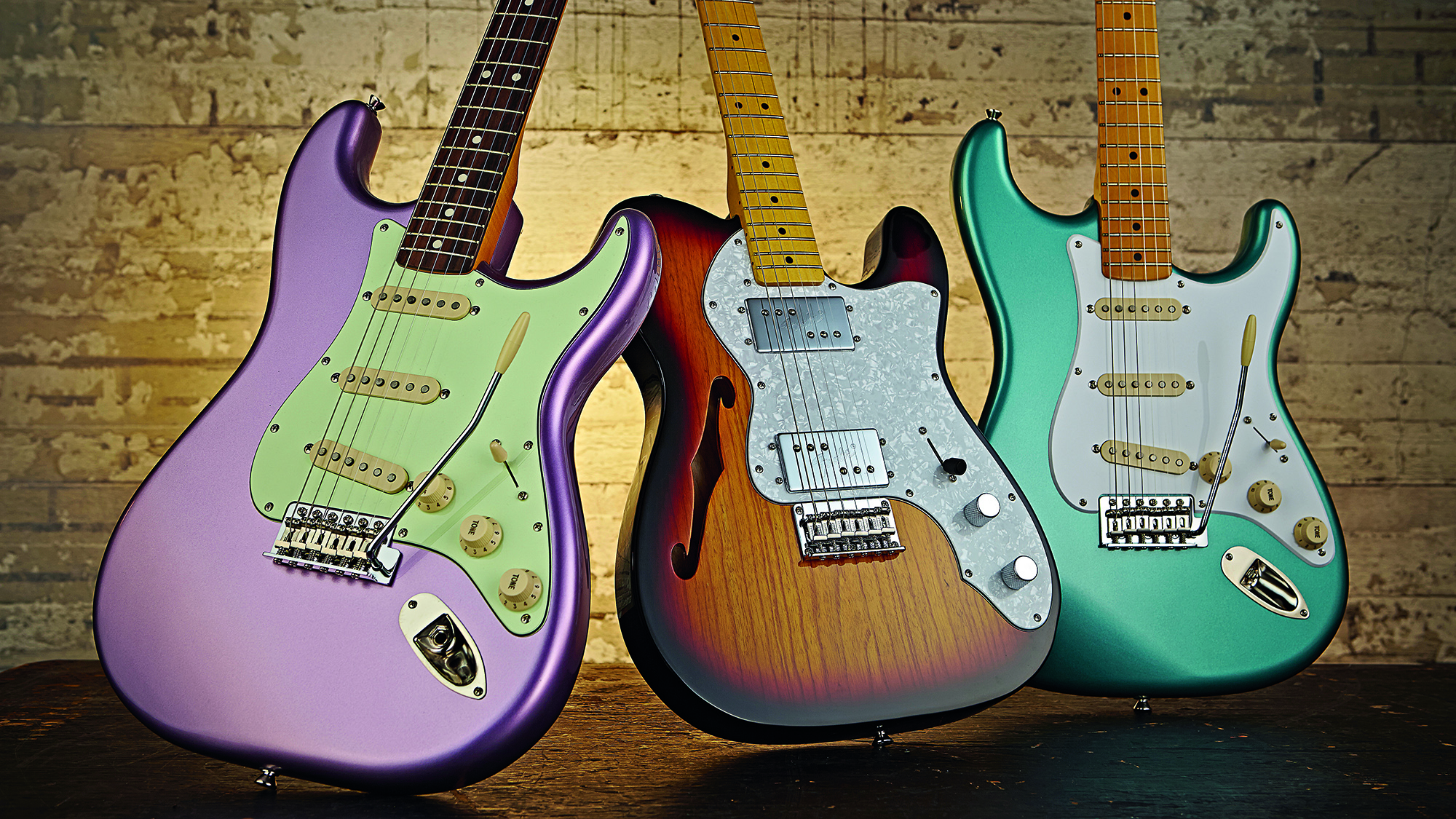
“Because Squier starts to bend more vintage at the top of its line, we wanted to go with something that’s a little more modern, more overwound – distortion-friendly, more aggressive,” Norvell reflects of the Standards.
“This [Standard Series] guitar was designed with the price thing removed, basically, so it was just like, ‘What is the best guitar that we can make with this partner, in this facility, that would be worthy of the Fender name?’
“The guardrails that almost keep something Squier were off, but we were still conscious of what was above it and what was below it and what would make sense.”
Norvell spoke about the Standard Series during a conversation with Guitar World earlier this year, and explained why Fender opted to produce the guitars in Indonesia alongside Squier.
“I think we have been maybe overly dogmatic or just controlled by the idea that Fender is for Mexico and U.S models,” he noted.
“The way things are these days, it’s not about what factory it’s made in. “It’s really like, ‘Squier goes to 500 bucks in the US, and Fender should start there and go up.’ And so we kind of just got out of our own way, I guess.”

Matt is the GuitarWorld.com News Editor. He has a Masters in the guitar, a degree in history, and has spent the last 16 years playing everything from blues and jazz to indie and pop. When he’s not combining his passion for writing and music during his day job, Matt records for a number of UK-based bands and songwriters as a session musician.
You must confirm your public display name before commenting
Please logout and then login again, you will then be prompted to enter your display name.
“It combines unique aesthetics with modern playability and impressive tone, creating a Firebird unlike any I’ve had the pleasure of playing before”: Gibson Firebird Platypus review
“This would make for the perfect first guitar for any style of player whether they’re trying to imitate John Mayer or John Petrucci”: Mooer MSC10 Pro review



